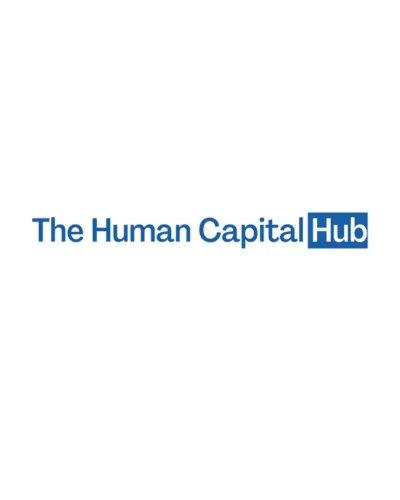Managing people shouldn’t mean managing chaos. Yet, many businesses still handle HR and payroll through disconnected tools and outdated processes. That fragmentation creates extra work, introduces risk, and makes life more complicated than it needs to be. That’s where integrated HR and payroll software comes in. By connecting your employee data, time tracking, benefits, and payroll within one unified system, your business can reduce errors, save time, and free up HR to focus on strategy, not spreadsheets.
Let’s explore how combining these two essential functions can simplify your operations and lead to better outcomes for your people and your bottom line.
Why HR and Payroll Belong in the Same System
HR and payroll are inherently linked—when someone is hired, their information flows into benefits enrollment, time off tracking, and payroll. But things fall through the cracks when those steps are handled in separate systems. You end up duplicating data, chasing down approvals, and fixing small mistakes that can have significant consequences.
Using one platform for both HR and payroll eliminates that back-and-forth. Once employees enter the system, their data seamlessly connects across every stage of the lifecycle. From onboarding to offboarding, everything is easier when it’s managed in one place.
Fewer Errors and Less Manual Work
Mistakes are inevitable when teams are forced to enter the same data into multiple platforms. A mistyped bank account number, a missed deduction, or an outdated address can cause serious payroll issues. And if compliance rules vary by state or employee classification, the risk multiplies.
A connected system reduces this risk. Employee data is entered once and flows through to payroll automatically, making processes more accurate and reducing the need for last-minute corrections. It also eliminates the need for manual calculations and file transfers, which can slow down payroll runs and leave room for human error.
Real-Time Access to Employee Information
When HR and payroll live in separate silos, getting a full picture of employee data is tough. HR might need to request salary updates from payroll, while payroll might need to verify time-off balances with HR. That back-and-forth delays decision-making and creates frustration.
With a unified system, everyone sees the same up-to-date information. HR professionals can view compensation details, time-off usage, and benefits enrollment in one place. Managers can access dashboards for their teams without needing to request reports. And finance can run payroll with confidence, knowing the data they’re using is current and accurate.
Better Compliance Without the Headaches
Labor laws and tax regulations change constantly. Whether it’s wage laws, overtime rules, or reporting deadlines, staying compliant requires constant attention, and errors can lead to costly penalties.
An all-in-one system can help simplify compliance by automating key calculations, flagging potential issues, and ensuring employee classifications and pay structures meet legal requirements. Built-in alerts and audit trails also make preparing for internal reviews or external audits easier.
A More Connected Employee Experience
Employees expect their workplace technology to be as intuitive as the tools they use outside of work. When systems are disjointed, employees are often left logging into multiple platforms to update their address, check a pay stub, or request time off.
A unified experience puts everything in one place—from onboarding paperwork to direct deposit updates to benefits selection. This gives employees more control, improves transparency, and reduces the number of questions HR has to field every pay period.
Simplified Reporting and Decision-Making
HR and payroll data hold powerful insights, but it’s hard to turn those insights into action if they're not connected. Separate systems mean pulling reports from multiple sources, combining spreadsheets, and reconciling inconsistencies.
With integrated data, reporting becomes faster and more reliable. You can easily spot trends in turnover, monitor labor costs, or identify payroll errors—all from a single dashboard. That gives leadership the clarity they need to make informed decisions and confidently plan for growth.
Scalability That Supports Business Growth
As your team grows, so do your HR and payroll responsibilities. New hires, new locations, and new benefit offerings add complexity that older systems often can’t handle. That’s when businesses start to feel the pain of disconnected tools.
An integrated platform offers the scalability to grow with your business. Whether adding remote workers, expanding to new states, or adjusting benefits packages, a connected system can support those changes without disrupting your operations.
Final Thoughts
Managing your workforce shouldn’t feel like stitching together a puzzle of disconnected platforms. By simplifying HR and payroll into one streamlined system, you reduce administrative burden and build a stronger foundation for your people operations.
The value is clear for HR professionals, finance teams, and business owners alike: less busywork, fewer errors, better visibility, and a more modern employee experience. If your current tools are slowing you down, it might be time to consider what one unified system can do for your team—and your peace of mind. Me know if you'd like a meta description or internal linking suggestions for this post.



